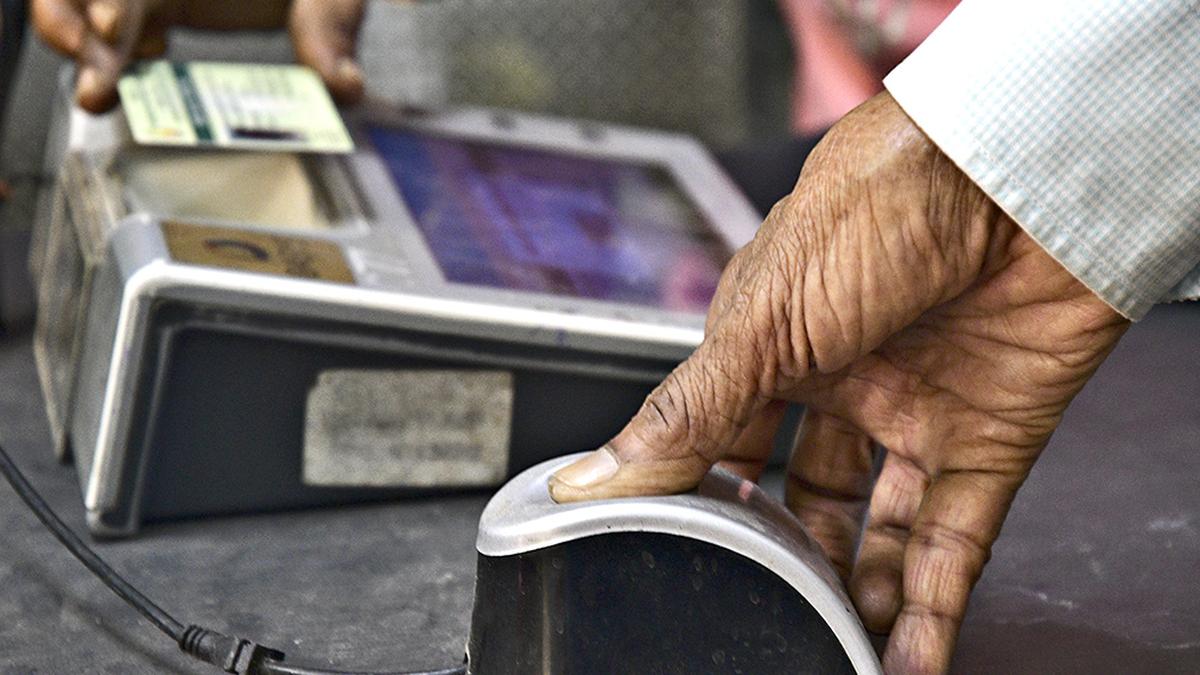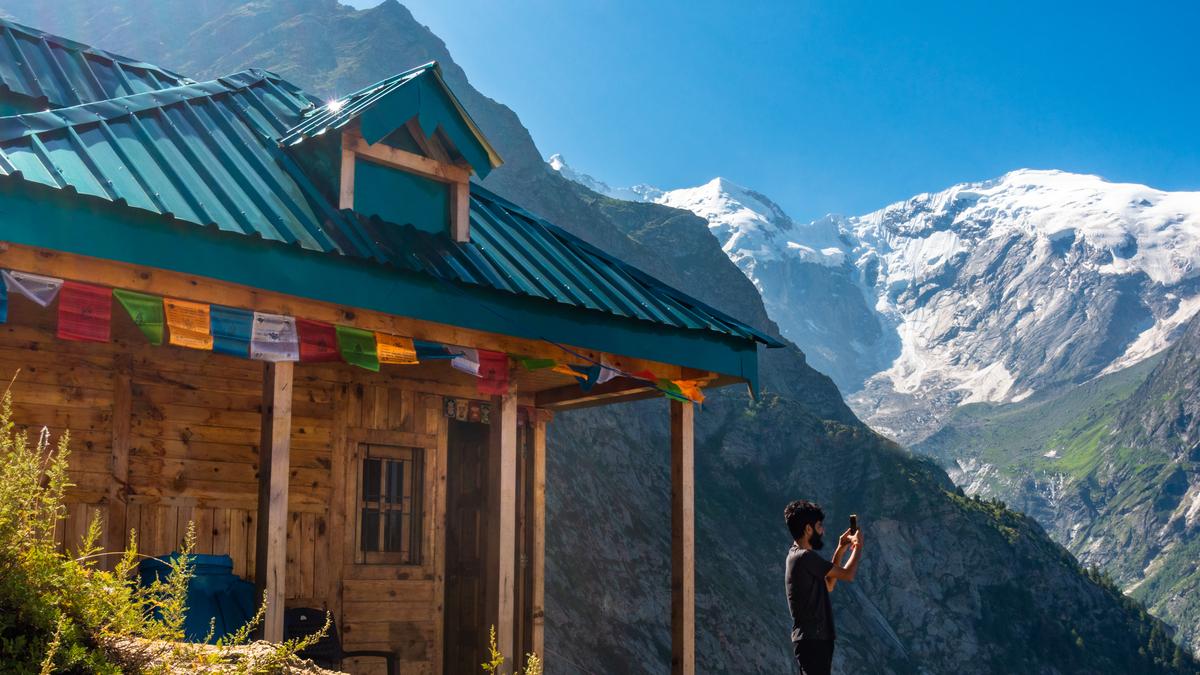



The CDRI report, released in February 2025, finds India’s telecom networks vulnerable during disasters due to inadequate power backups and structural weaknesses. It recommends strengthening towers, shifting to underground cables, ensuring emergency fuel supplies, and introducing parametric insurance, while emphasizing coastal risks from wind and flooding and urging comprehensive reforms.

Copyright infringement not intended
The Coalition for Disaster Resilient Infrastructure (CDRI) report analyzes India’s telecom networks’ preparedness during disasters.
The CDRI, a multilateral organization launched by Prime Minister Narendra Modi in 2019, released a report in February 2025 analyzing India’s telecom networks’ preparedness for disasters.
The report highlights vulnerabilities in telecom infrastructure and recommends measures to enhance resilience, including:
|
Telecom networks are essential for disaster response, allowing communication between governments, emergency services, and citizens. Disruptions delay rescue operations and aid delivery. Ensuring resilience minimizes service outages, saves lives, and supports economic continuity. |
Undersea cable landing stations: These connect India to global internet networks. Damage to these stations during cyclones or earthquakes can cause widespread connectivity failures, forcing telecom operators to reroute traffic through alternative cables.
Dual threats of wind and flooding: High-speed winds damage towers, while flooding disrupts power supplies. For example, diesel generators often fail even at knee-level flooding, causing outages.
Undersea cables: Less prone to physical damage from environmental factors (e.g., storms, construction). However, repairs require specialized vessels and are time-consuming.
Overland cables: Easier to access and repair but vulnerable to snapping during disasters (e.g., cyclones) or damage during infrastructure projects. The "dig-once" policy aims to mitigate this by laying underground cables alongside other utilities (e.g., water, gas) during initial construction.
Power outages are the primary cause of telecom disruptions during disasters, outweighing direct damage to cables or towers. Key issues include:
Infrastructure upgrades:
Operational measures:
Financial interventions:
Small but impactful interventions
Short-term (1–2 years): Strengthen backup power systems, upgrade coastal infrastructure, and implement real-time monitoring.
Medium-term (3–5 years): Nationwide shift to underground cables and mandatory disaster-proofing of new towers.
Long-term: Achieve 100% disaster-resilient telecom infrastructure through public-private partnerships and policy reforms .
India’s telecom infrastructure requires urgent upgrades to resist disasters. Small investments (e.g., elevating generators) and large-scale reforms (e.g., underground cables, parametric insurance) can significantly improve resilience, and ensure uninterrupted communication during crises.
Must Read Articles:
INFRASTRUCTURE RESILIENCE ACCELERATOR FUND (IRAF)
INTERNATIONAL CONFERENCE ON DISASTER RESILIENT INFRASTRUCTURE
Source:
|
PRACTICE QUESTION Q. Urban flooding is an emerging climate-induced disaster in India. Discuss the causes of urban flooding. Also, describe the policies and frameworks in India that aim to tackle such floods . 250 words |



© 2025 iasgyan. All right reserved